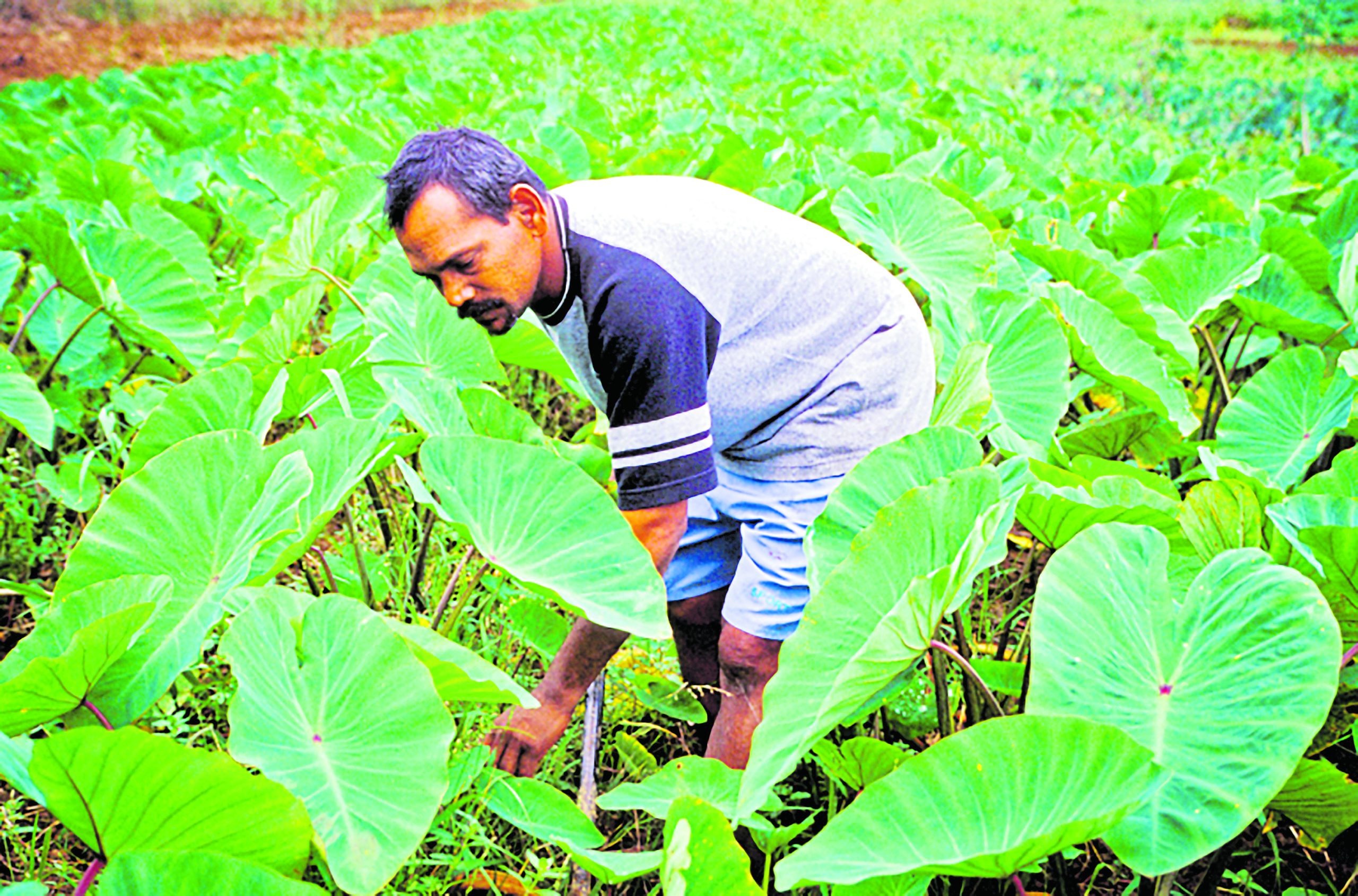CONSUMPTION behaviours among the iTaukei have been deemed more unbalanced compared with eating patterns of Indo-Fijians, according to a study by the University of the South Pacific.
Presenting the findings of a study titled ‘Dietary Patterns of Indo-Fijians and their comparison to patterns of iTaukei Fijians’ at the 2025 Pacific Update this week, senior lecturer at USP Dr Naohiro Nakamura said the study showed excessive consumption of carbohydrates and limited protein, fruit and vegetable intake among the iTaukei.
“iTaukei consumption patterns are more unbalanced even though the iTaukei consume more locally produced food,” he said.
“Consumption patterns of major food groups among Indo-Fijian participants are more balanced, even though their carbohydrate (and some protein) sources are mostly imported.”
Dr Nakamura said the aim of the research was to document detailed dietary patterns of Indo-Fijians from a five-day dietary record and compare dietary patterns between Indo-Fijians and the iTaukei.
“Previous research on non-communicable diseases relied on secondary data and only covered consumption patterns of a few specific food types.
“Previous research was also primarily focused on the iTaukei while the Indo-Fijians were overlooked. For this reason, we wanted to look at their dietary patterns as well.”
The study covered 72 participants and was conducted from October 2018 to December 2019.
“Research assistants stayed with or visited the participant’s household multiple times a day to record every single meal for five days — three weekdays and two weekend days) to account for individual variability.
“Some participants cooperated and didn’t start eating until research assistants arrived. Sometimes accuracy was an issue — some recorded what they ate but didn’t specify, for example, what kind of sandwich they ate.”
Dr Nakamura said participants were randomly recruited and included a carpenter, teacher, technician, salesperson, farmer, domestic duties, office worker, and retired workers.
“Indo-Fijians hardly missed consumption of carbohydrates at breakfast, lunch and dinner and the iTaukei hardly missed out on this too so there was not too much difference as most consume carbohydrates in their meals.
“Protein consumptions in iTaukei — majority do not consume proteins at breakfast, then this increases at lunch and some only consume a cup of milk tea as protein source.
“Two major sources of carbohydrates among Indo-Fijians were rice and flour (roti, bread, crackers, instant noodles and Weetbix) which are mostly imported and they rarely consumed root crops.
“For the iTaukei, the major source of carbohydrates was cassava, dalo, rice, flour (pancakes, bread, biscuits, pies, crackers, muffins), instant noodles, and breadfruits.
“Cassava was by far the most widely consumed carbohydrate source, followed by flour products, breadfruit and dalo.”



